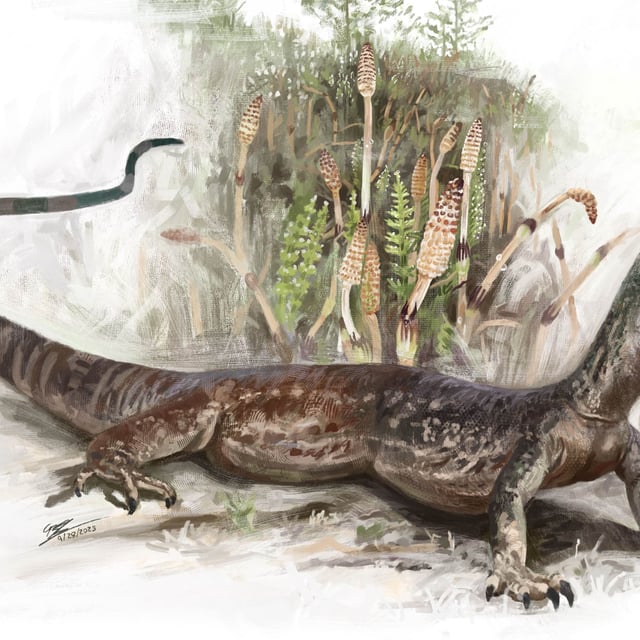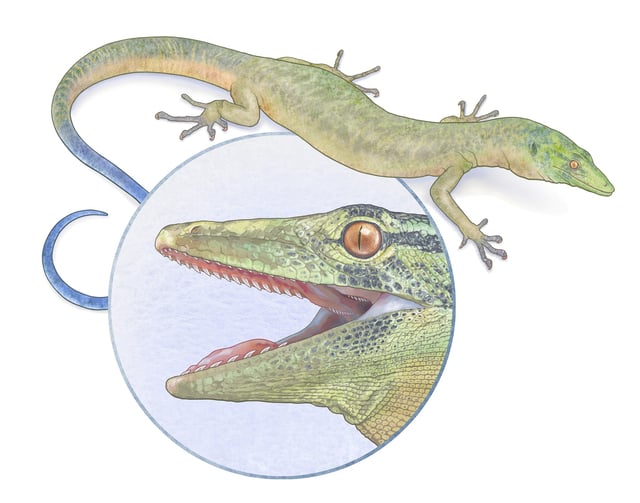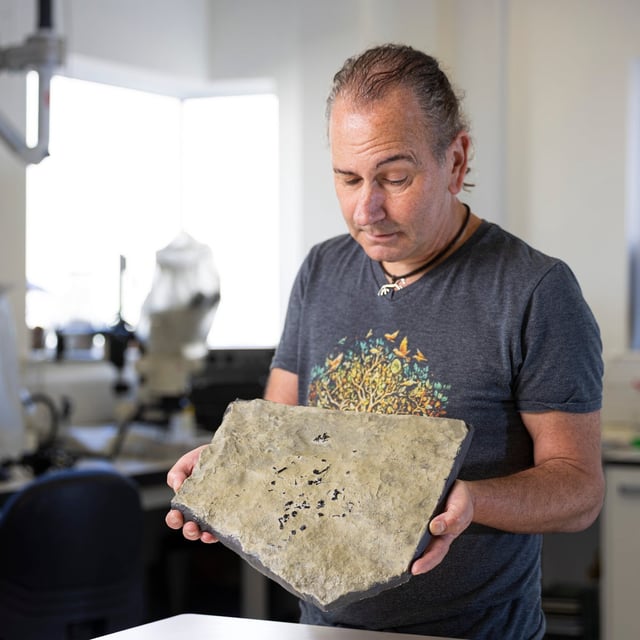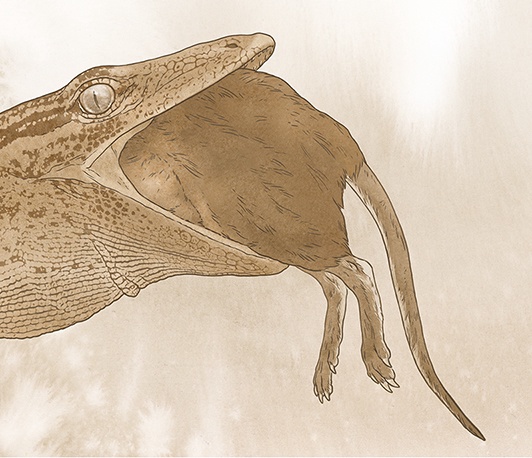Overview
- An international team led by researchers from the American Museum of Natural History, University College London, and National Museums Scotland published the description of Breugnathair elgolensis in Nature on October 1.
- Discovered near Elgol on the Isle of Skye by NMS curator Stig Walsh in 2015/2016, the specimen was reconstructed after nearly a decade of preparation, CT scanning, and synchrotron imaging.
- The animal measured about 41 cm long and combined snake-like jaws with strongly recurved, hook-like teeth and the short, fully limbed body of a lizard, suggesting a predator of smaller vertebrates including early mammals and juvenile dinosaurs.
- The team places Breugnathair within Parviraptoridae, showing that snake-like and gecko-like traits occurred together in one animal, overturning earlier assumptions that such bones came from separate species.
- Phylogenetic analyses yielded conflicting placements—either early toxicoferans potentially near the snake stem or stem-squamates that evolved snake-like feeding traits convergently—and the fossil has been accessioned into the National Museums Scotland collection.



